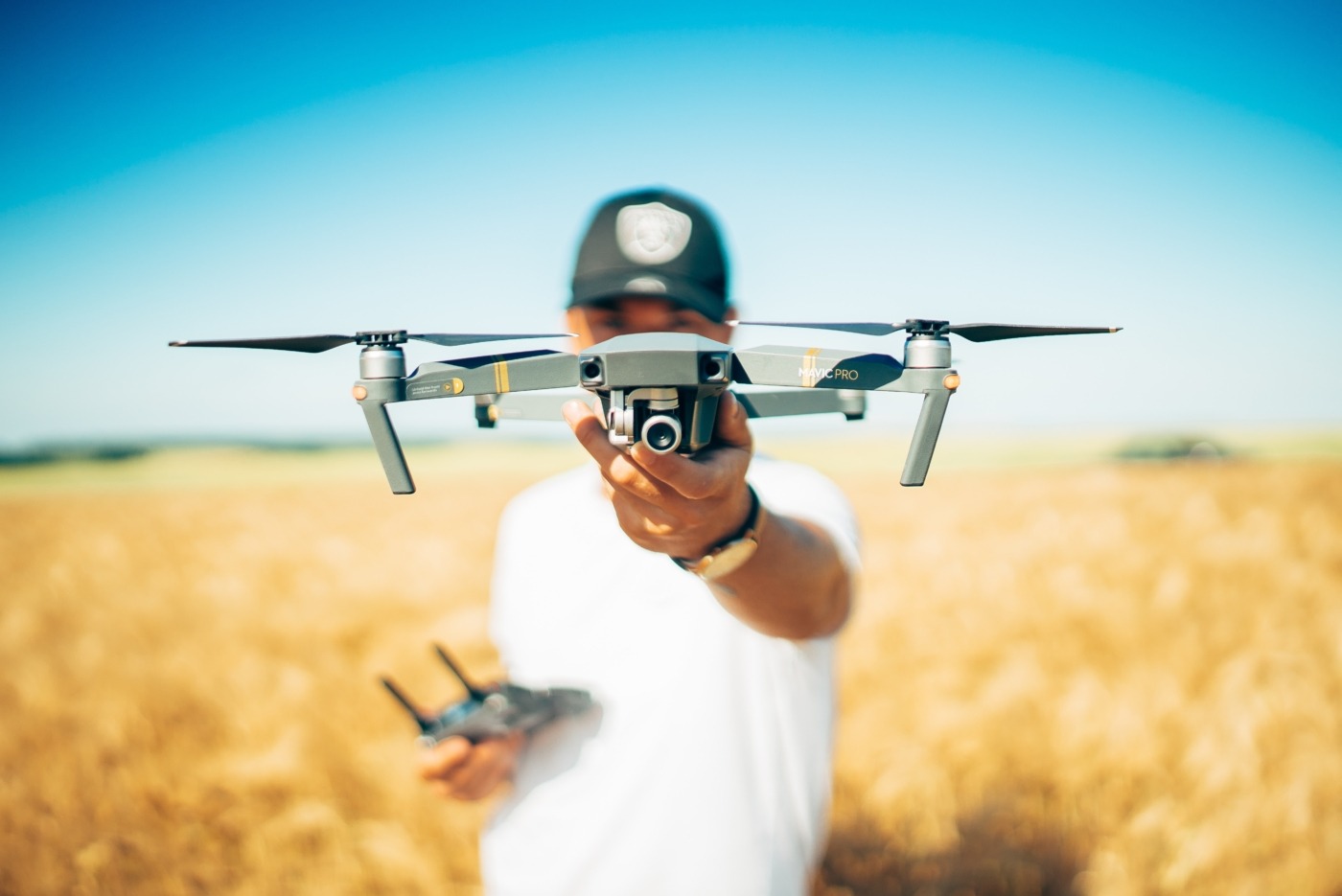Drones: novelty toy or weapon of terror?
Drones are a common topic of discussion nowadays, with applications in surveillance, delivery, and capturing footage from hard to reach places. However, they are often on the receiving end of criticism that raises points regarding their potential dangers. One example in the news recently is the Gatwick Airport drone sightings just before Christmas that caused travel disruptions for 140,000 people with around 1000 flight cancellations, diversions, and delays.
The story started on 19 December with over 50 alleged drone sightings near the airport within the first 24 hours. The police became involved, arresting a man and a woman, however they were later released uncharged after 36 hours of questioning.
One example in the news recently is the Gatwick Airport drone sightings just before Christmas that caused travel disruptions for 140,000 people with around 1000 flight cancellations, diversions, and delays
So, what was the actual issue? The current law in the UK regarding unmanned aviation stipulates flying below 400ft, within line of sight of the flyer at all times and, most relevant to this situation, not within 1km of an airport or airfield boundaries. Failure to comply can result in a fine of up to £2,500 and a maximum prison sentence of five years. While a drone doesn’t seem like much of a threat to a large aircraft, should one be ingested into an engine the metallic components and lithium batteries could cause serious harm to both the plane and passengers.
Outside of aviation, there are security and privacy concerns regarding having drones with cameras in use by both the public and authorities (whether authorised or not). There have also been cases of drugs being smuggled into prisons using drones, with one gang managing to fly over half a million pounds worth of narcotics into a prison in the West Midlands. While there are measures to stop drones from being used in this way on a smaller scale, bigger systems to be used in places as large as an airport such as Gatwick (which covers 1,670 acres) are impossible to implement.
The current law in the UK regarding unmanned aviation stipulates flying below 400ft, within line of sight of the flyer at all times and, most relevant to this situation, not within 1km of an airport or airfield boundaries. Failure to comply can result in a fine of up to £2,500 and a maximum prison sentence of five years
On the other hand, there are a myriad of benefits with regard to drones. Unmanned aerial vehicles (UAVs) are beginning to enter active service with emergency response fleets. Just recently, Jaguar Land Rover Special Vehicle Operations (SVO) designed a bespoke, life-saving version of the new Land Rover Discovery for use by the Austrian Red Cross. The specially designed vehicle, developed from the original ‘Project Hero’ concept car, features a roof-mounted advanced eight-rotor drone equipped with a long-range thermal imaging camera capable of spotting a person from 440m and identifying a vehicle at almost 1,000m. This custom 258PS 3.0 litre TD6 Discovery hopes to save lives by speeding up response times.
The UN Intergovernmental Panel on Climate Change (IPCC) has set us the daunting task of finding ways to limit global warming to 1.5oC above pre-industrial levels. So perhaps there was more to Dara Khosrowshahi’s comment that “we need flying burgers” than met the eye. The Uber chief executive cemented his position alongside the likes of Apple, Intel, and Microsoft – all of whom wish to start flying drones for a range of tasks including food and package delivery. As a means of cutting carbon emissions, this is a pretty sound move according to experts. Indeed, environmental scientists at Lawrence Livermore National Laboratory, following on from a three-year study, reported in Nature Communications that within the 4km range of current battery-driven drones, the airborne devices consumed less energy per package per kilometre than trucks for light deliveries of 0.5kg.
Just recently, Jaguar Land Rover Special Vehicle Operations (SVO) designed a bespoke, life-saving version of the new Land Rover Discovery for use by the Austrian Red Cross
From mountain rescue to delivering certain items with less environmental impact than trucks, it is clear that drones certainly have their place in modern society. This is not to say that the drawbacks to the development and use of drones can be overlooked. As drones become ever more prevalent, rules and regulations are needed more than ever before to keep the technology in check. In India, a 2014 ban on drone use by anyone other than government agencies has recently been overturned. As expected, regulations are beginning to come into full force – from registering drones over 250 grams in weight with India’s Directorate General of Civil Aviation to equipping them with “no permission, no take-off” (NPNT) technology. Here too in Britain there are seemingly stringent rules in place. But, as the Gatwick drone chaos highlighted, any degree of enforcement won’t deter those who are determined to break them. So, as with any new technology which becomes mainstream, we’re faced with a double-edged sword.

Comments
Comments are closed here.